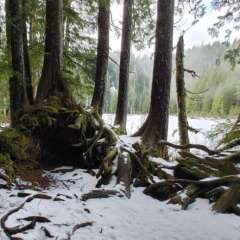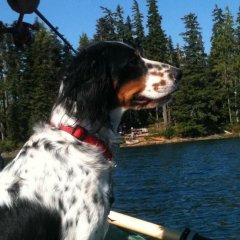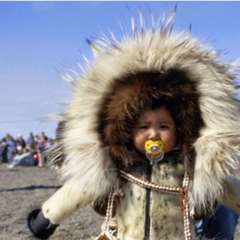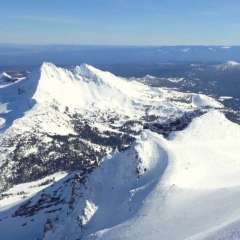September 2016 Observations and Model Discussion for the Pacific Northwest
-
Who's Online 27 Members, 0 Anonymous, 185 Guests (See full list)
- TigerWoodsLibido
- Cascadia_Wx
- Mapletree
- Roman-Dallas Snow-Zone
- ShawniganLake
- Christensen87
- SnowWillarrive
- Chewbacca Defense
- SilverFallsAndrew
- Omegaraptor
- Jayhawker85
- OysterPrintout
- westcoastexpat
- MossMan
- DeepFriedEgg
- Doinko
- GHweatherChris
- awoodx2019
- Jakewestsalem
- oceanmom
- VancouverIslandSouth
- Rubus Leucodermis
- bishbish777
- Cold Snap
- Snowfan
- KevinDM
- BLI snowman













Recommended Posts
Join the conversation
You can post now and register later. If you have an account, sign in now to post with your account.